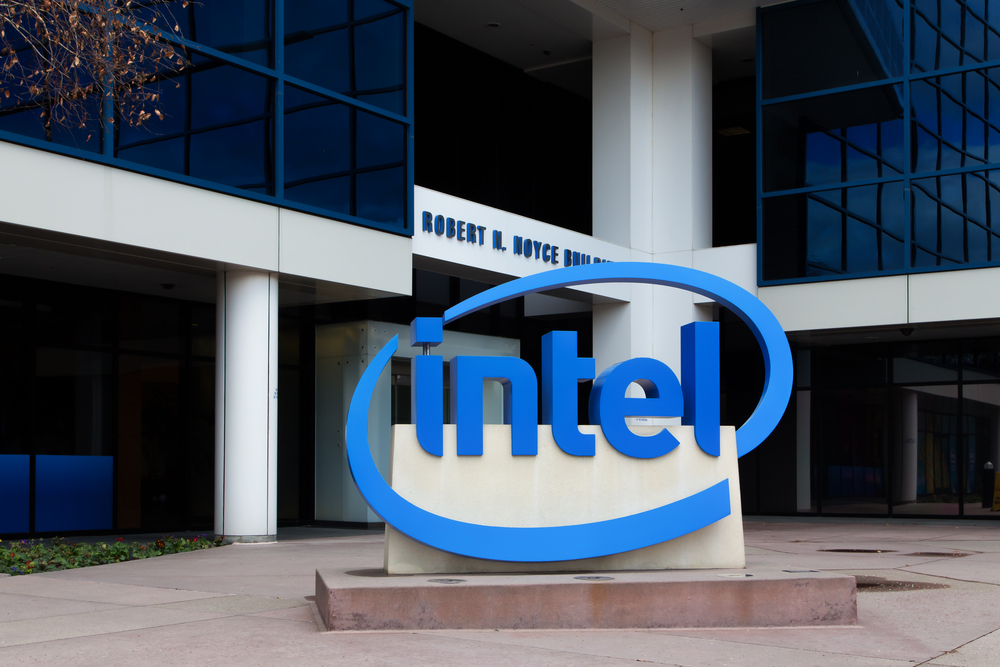

Intel and ARM have been the major players in what has become the central competition in the processor market. Intel has failed to make much headway into a mobile chip space dominated by ARM and its partners, while ARM has been looking to make traction in data centers, where Intel silicon powers more than 95 percent of servers.
Now, these two rivals are coming together in a partnership that promises to benefit both companies. At the Intel Developer Forum (IDF) here Aug. 16, officials from both vendors announced that Intel’s chip foundry business will build chips for mobile and consumer devices based on ARM’s architecture. The agreement will boost Intel’s custom manufacturing business, which has been building for the past few years, by adding IP from the company whose architecture powers almost all of the smartphones and tablets in the world.
“Bringing these [vendors] together makes sense,” Will Abbey, general manager of ARM’s Physical IP Group, said during a technical session at IDF.
Both Abbey and Zane Ball, vice president and general manager of Intel’s Custom Foundry business, noted that Intel and ARM had at times worked together in the past—for example, Ball pointed out that field-programmable gate arrays (FPGAs) by its Altera subsidiary are built on ARM’s architecture. In a post on the ARM blog, Abbey wrote that “Intel and ARM have worked together for years to help enable the ecosystem, and this is just the latest milestone in that long-standing relationship.”
However, this is a significant step for both companies. Intel launched its foundry system several years ago, giving third parties access to its substantial chip-manufacturing technologies. Ball said the company has grown its foundry capabilities from its 22nm and 14nm FinFET processes, and is now doing the same at 10nm. The business “is helping customers around the world by providing access to Intel’s technology and manufacturing assets through turnkey services including design, wafer manufacturing, packaging and testing,” he wrote on the company blog. “We’re enabling new products and experiences on Intel’s leading-edge technologies with industry standard design kits, silicon-proven IP blocks, and design services spanning from low-power SOCs [systems-on-a-chip] to high-performance infrastructure devices.”
ARM will be able to leverage that 10nm design platform for its Artisan physical IP, which includes memory compilers, high-performance and high-density libraries and point of presence (POP) IP for future mobile chips, Ball said. IP development is underway and ARM chips manufactured by Intel are expected to be available in early 2017.
Intel has been working with Qualcomm, Applied Micro, Cavium and other chip makers to drive its low-power architecture into the data center to compete with Intel in such areas as hyperscale environments and cloud service providers.
In addition to the ARM announcement, Intel’s Ball said LG Electronics also will build chips using the foundry business’ 10nm process, while Spectrum, a major mobile chip maker in China, is using Intel’s 14nm foundry platform. Achronix Semiconductor and Netronome are using Intel’s 22nm process for their respective networking chips, and Altera is using the foundry platform to build what Ball called “the first true 14nm FPGA.”
Originally published on eWeek.
American space agency prepares for testing of Boeing's Starliner, to ensure it has two space…
As UK and Europe develop closer military ties, European Commission says it will invest €1.3…
Zuckerberg seeks to revive Facebook's original spirit, as Meta launches Facebook Friends tab, so users…
Notable development for Meta, after appeal against 2021 WhatsApp privacy fine is backed by advisor…
First sign of shake-up under new CEO Lip-Bu Tan? Three Intel board members confirm they…
Trump's nominee for SEC Chairman, Paul Atkins, has pledged a “rational, coherent, and principled approach”…